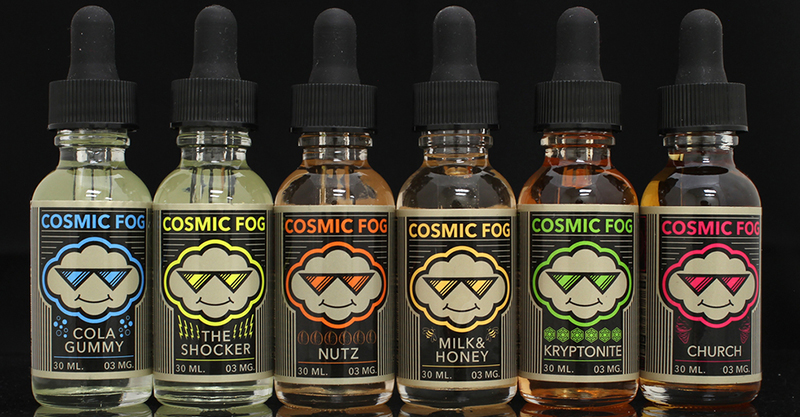
If you have heard of the term vape juice, e-juice or e-liquid before and you are not confident what it means or what is inside it; then you should not worry. This article will cover some of your questions. With the popularity of box mods and personal vaporizers on the rise, e-juice and e-liquid have become a significant part of vaping all over the world. To begin with, there is no difference between e-liquid, e-juice and vape juice: they all mean the same thing.
Definition
E-juice is also referred to as vape juice. It is a liquid solution that is used in personal electronic cigarettes and vaporizers which make the actual vapor. The liquid solution has the real nicotine, but it can also be prepared without nicotine, depending on what the user wants. The juice is heated up by the vaporizer at degrees Fahrenheit of between 200 and 400 which converts it to vapor and then it is inhaled.
The e-juice solution comprises of food-grade flavoring, water vegetable glycerin or vegetable glycerin, and zero nicotine or a choice of nicotine levels. The type of flavor that is used to make the e-juice is the same as those used in foods and medical products. This, therefore, means it is safe to use, and it is usually delicious.
Vegetable glycerin is extracted from vegetable and it is sweet and thick. The propylene glycol is used as a food additive that helps to add taste to the juice. Also, the additive is used in food coloring, vanilla extracts, and medical products. Both of the above additives make about 90 percent of the total contents of the juice, together with grade flavoring and nicotine make up ten percent of the full content in the liquid.
E-juice contains simple ingredients. You can find one containing propylene glycol or one with vegetable glycerin, and also a mixture of both, and even nicotine and flavoring. But for the flavor, there are a lot of things involved, and for this reason, many users have poses questions about the safety of the juice. Also, studies and research have been carried out to determine whether or not the e-juice flavoring contain harmful chemicals.
A recent study published by the Tobacco Control Journal indicated some high exposure level to various elements found in flavorings could cause respiratory irritation. But, the chemicals that are found in the flavorings are the same as the elements used to the food and medical products. Therefore, the e-juice flavorings elements are approved by the FDA to be very safe for human consumption.
The inhalation of the chemicals has not been studied extensively, not in depth. Further, there was a study done by Dr. James Pankow, who is a professor of chemistry and civil and environmental engineering at the Portland State University. Pankow analyzed different levels and types of flavor chemicals, used in difference e-juice solutions as a wide variety of favorite flavors such as tobacco, vanilla, menthol, coffee, chocolate, cotton candy, bubble gum as well as apple. The findings of the study found out that 1% of the e-juice volume comprises of flavor chemicals.
What are the main ingredients of e-liquid?
Vegetable glycerin
This one is famously known as VG. This one is used as a carrier or base for the flavors and nicotine in the e-liquid. Vegetable glycerin is derived from plants, and it can also be extracted from palm oil and coconut oil. Also, vegetable glycerin is broadly used as a food additive.
Propylene glycol
Also referred to as PG, this one also acts as a carrier or base for the nicotine and flavors in the liquid. Just like VG, this one is also used as a food additive, and you can find it in a lot of things that people eat. In addition to that, propylene glycol is also used as an additive in various types of medicine.
Flavors
Flavorings are also an essential ingredient in e-liquid. Different types of food flavorings are added to the e-liquid to make specific tastes.
Nicotine
Nicotine is the primary stimulant in the e-liquid. It is the main ingredients. Different companies use different measurements of nicotine, but they range from between 0 and 24 mg per e-liquid.